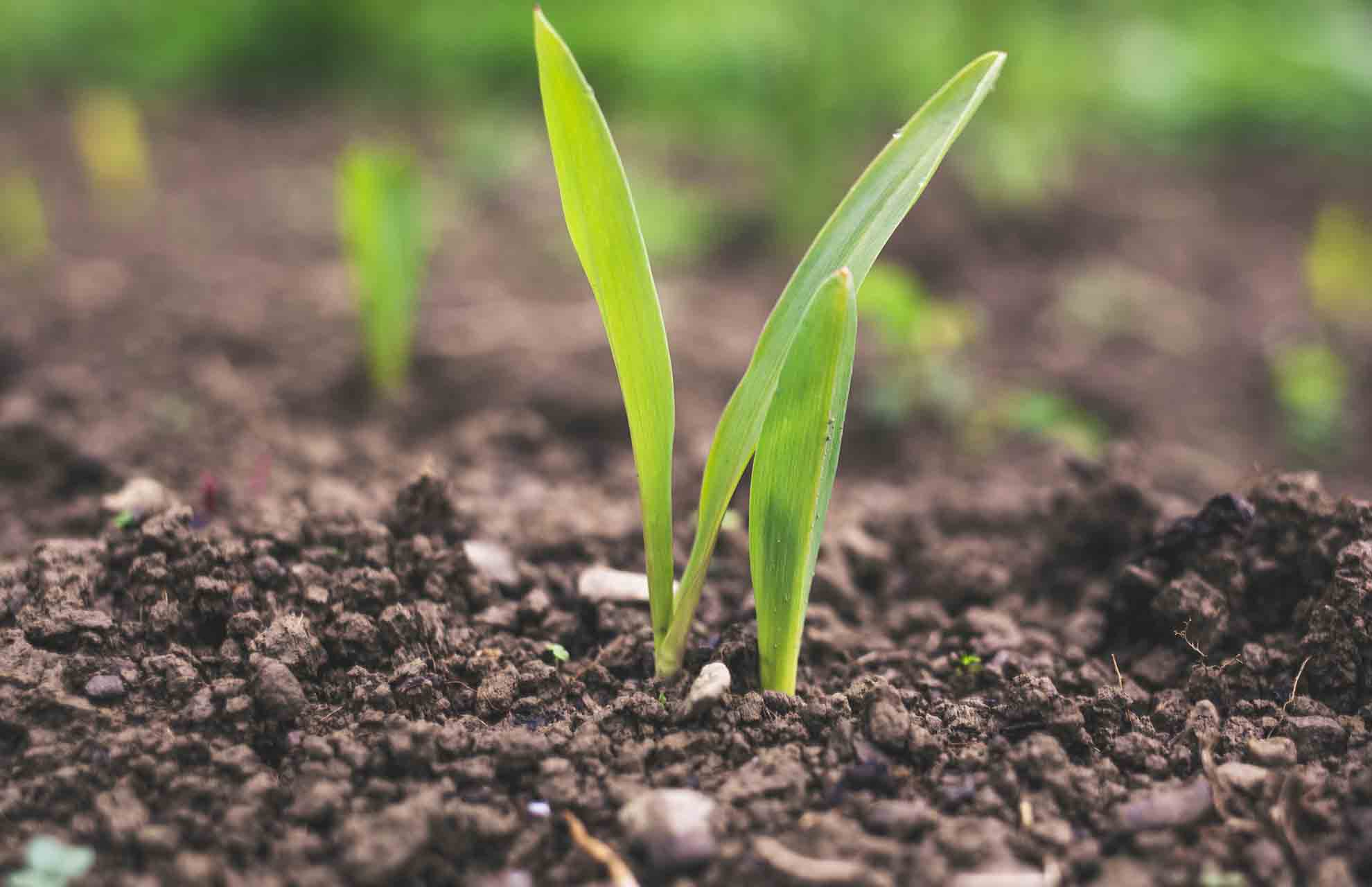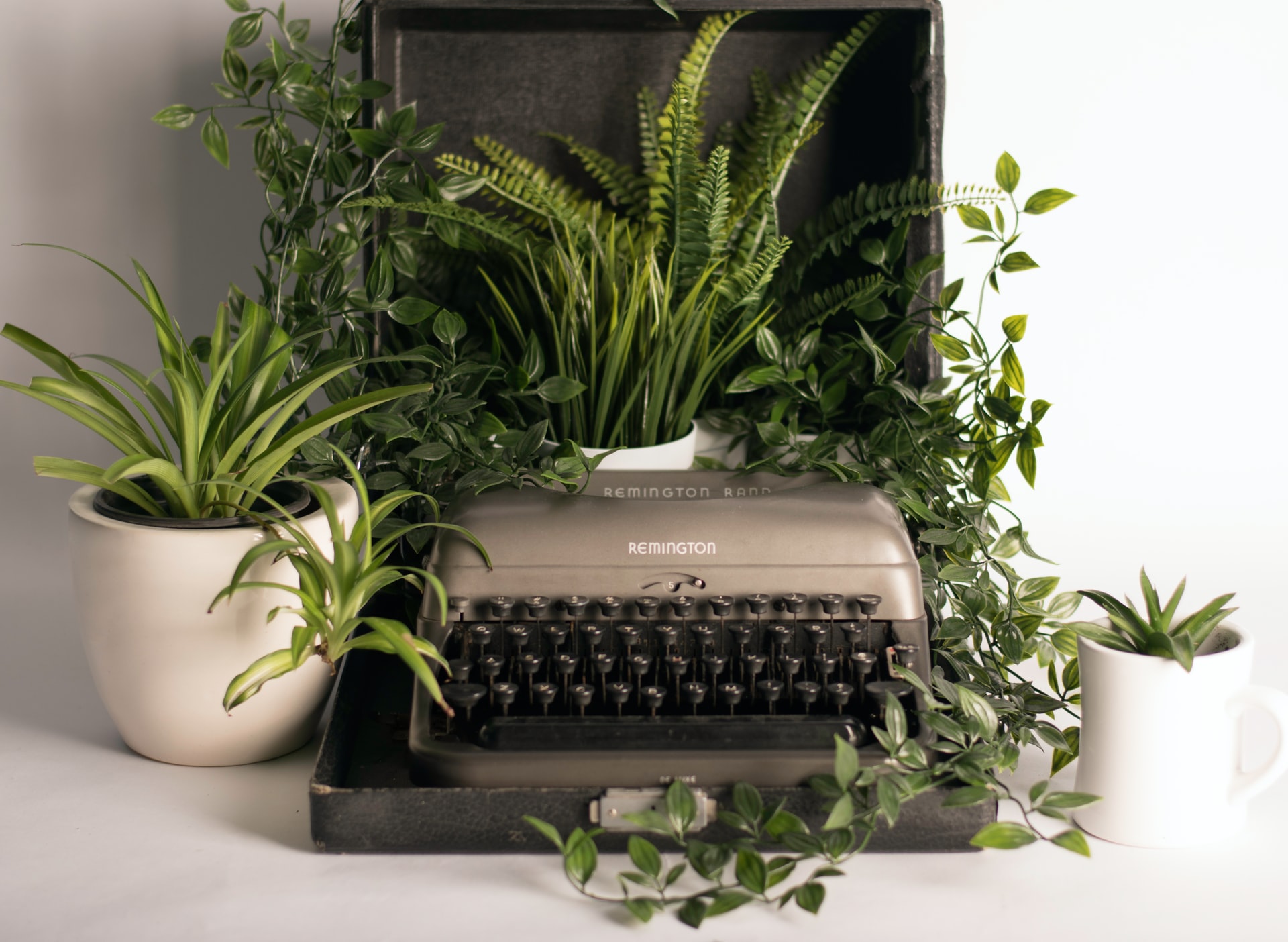Snake plants are one of the most famous indoor vegetation on the market. Acquiring cute nicknames such as the mother-in-law’s tongue, the tall, upright leaves are highly sought after by indoor gardeners. What is the best soil for snake plants and what signs mean they are sick, here are the answers.
How Soil Impacts Snake Plants Health
When bringing new snake plants home, it’s essential to understand the part soil plays in their health and growth.
The proper soil for snake plants will help them receive critical rudiments they need to thrive, like humidity, nutrients, and oxygen. Soil also acts as the firm base that supports your plant’s roots. It gives them the space and structure they need to grow strong( this is particularly important for propagating snake plants).
Each plant species has different conditions for humidity, nutrition, soil pH, and oxygen intake. So, it’s pivotal to choose a soil that can best meet these needs for optimal health and growth.
Signs That Your Snake Plant Is In The Wrong Soil
Utmost commercial potting soil mixes are manufactured to hold in as important water as possible for as long as possible.
Numerous of them boast on the bag that they keep the plant wet for longer!
Numerous plants do fine in this type of regular soil. Still, this isn’t what you want in soil for snake plants.
Snake plants naturally store water in their leaves and can go longer without a lot of water. They don’t like to sit in water or be constantly wet. Common garden soil is also not ideal for an inner snake plant; garden soil does more in outside gardens.
Still, cover your plant for these signs of a problem, If you are to be using one of these types of soil. Repot snake plants that are affected with one of the different soil mixes I outline latterly in this post, if necessary.
Still, patterned foliage or roots, you may consider switching to a good cactus blend or succulent blend for your soil, If you notice any negative changes to the tall.
Then are some common ways to tell if your plant is in the wrong soil
Plant growth. Snake plants don’t grow particularly fast, but if you notice that it suddenly has stopped growing or isn’t growing as much as in previous years, the lack of nutrients in the soil may be to blame. Consider switching to a planting blend that’s better for snake plants or top off your pot with some fresh cactus soil.
Roots are brown and mushy. With humidity-rich replanting soil, overwatering can come to a problem and lead to root spoilage. An infected root ball is a major problem and will kill your plant. Cover the plant’s root; healthy roots are typically white in color. If they turn brown and mushy you may need to change the soil.
Leaves are drooping or discolored. However, or the leaves are brown or yellow, your plant may be getting too wet from incorrect potting soil If your typically upright snake plant is starting to droop over. These are common signs of overwatering, which is easy to do if your potting blend holds in water.

The Essentials Of The Best Soil Mix
Snake plants do fine in potting mix that holds moisture yet also drains well. They’re happy with a soil mix with a slightly acidic or alkaline pH, in the range of 5.5-7.5. A soil combination containing 3 parts of all-purpose potting soil containing sphagnum peat moss, with 1 section of coarse sand or perlite, 1 phase of coco coir, and 1 phase of pine bark fines is an incredible combination for Snake plants.
How To Make The Best Soil For Snake Plants
Luckily, creating the best soil for snake plants isn’t incredibly difficult. However, I’ve set up these two fashions to be the stylish soil blend that will give essential nutrients and necessary humidity to support snake plant growth, If you would rather make your own blend.
Either one is considered the right soil blend for snake plants:
Recipe 1:
3/4 part organic potting soil (made for indoor plants)
1/4 part of succulent soil mix (or cactus mix works well too)
A handful of compost (worm compost is excellent)
Recipe 2:
1/4 part potting soil (indoor mix)
1/4 part peat moss or coco coir
1/2 part perlite /coarse sand
The first blend is straightforward enough; simply mix the organic potting soil with the succulent soil blend and add in the compost to boost the nutrients. Don’t add an inordinate quantity of compost as too important will hold humidity for longer and can be bad for your snake plant’s health.
Worm castings are a great choice with numerous salutary nutrients and will also help aerate the soil. Worm castings have the added benefit of repelling unwanted pests, similar to spider diminutives and aphids.
The alternate blend will also work well, mix together the potting soil and peat moss( or you can use coconut coir) and also mix in the perlite or coarse beach. That will make the soil nutrient-rich and thanks to the beach or perlite mixed in, will help with good drainage.
Can You Add To Commercial Soil To Make Snake Plant Potting Mix Better
Plants are like children. Two similar plants have their own unique personality and preferences.
As a result, you may want to tweak the recipe a little. Add a little redundant to a marketable blend if you find your snake plant isn’t happy.
Drainage issues are still possible. Adding some gravel at the bottom of the pot is a great way to ameliorate the water inflow.
Consider adding pumice or perlite to a blend that isn’t draining well.
You can add a small quantity of rich replanting soil( no further than ¼ of the final blend) to add nutrients to the replanting soil.








